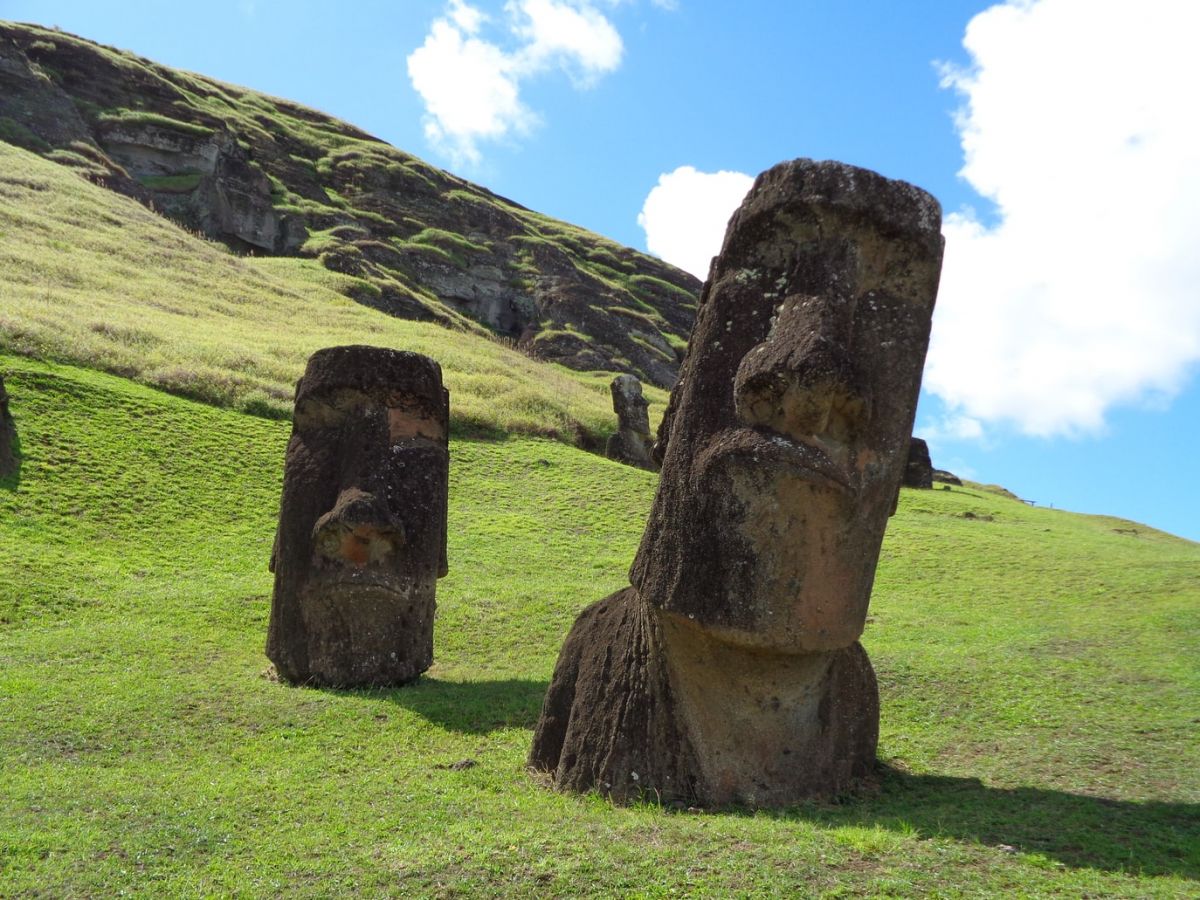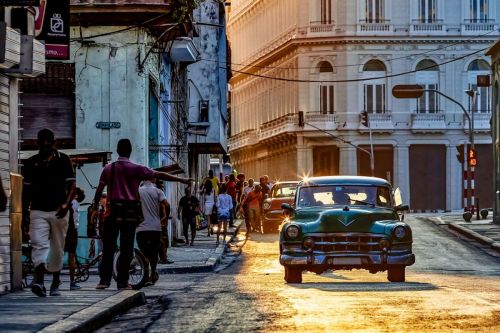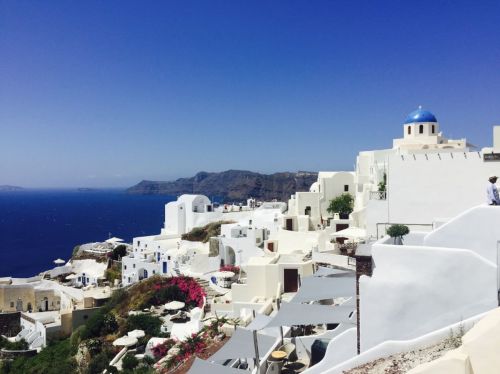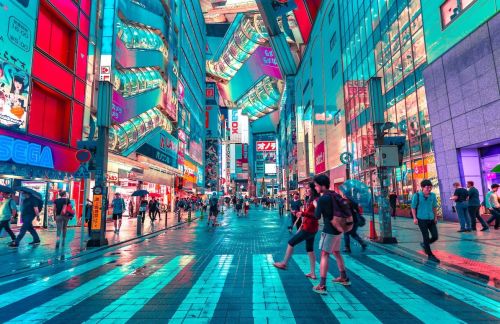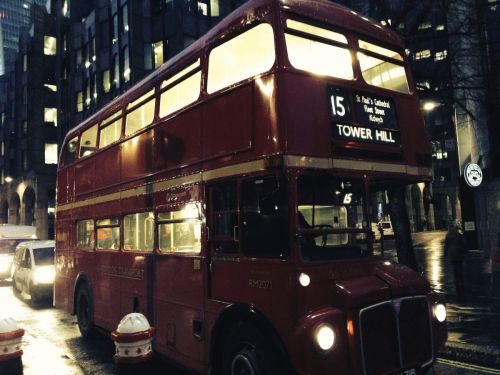He came across it on Easter Sunday in 1722 while looking for Davis Land, a supposed island that had been put on maps for some time but was later found not to exist. The island was believed to be in the Pacific Ocean, near South America.
Its name came from the pirate Edward Davis, who reportedly spotted it in 1687 while sailing across the Pacific south of the Galapagos Islands toward Cape Horn. Davis made raids on Spanish settlements along the coasts of Mexico, Peru, and Chile.
Oral tradition has it that the island was first settled by a two-kayak expedition from Hawaiki, the mythical land from which some Polynesian peoples are thought to have originated, led by the chief Hotu Matu'a and his captain Tu'u ko Iho.
The literature says that this was around 300-400 AD when the first settlers arrived in Hawaii.
Recent research shows that the island was settled no earlier than 1200 AD. The Polynesians who first settled on the island probably came from the Marquesas Islands, Gambier Islands, or any of the present-day islands of French Polynesia, 3200 km away. They brought with them bananas, sugar cane, taro (edible colocasia), as well as Polynesian chickens and rats (the third most widespread species of rat, after the common rat and the black rat).
Intervention by the church hierarchy caused the deportation of the inhabitants to cease. Those who survived slavery were allowed to return to the island. However, they were largely carriers of smallpox, which spread throughout the island and decimated the remaining population. Among those who died were the tumi ivi 'atua - the bearers of the island's culture, history and genealogy. All that remains are tablets with rongorongo writing - a system of glyphs (signs in architecture and archaeology) discovered in the 19th century that appear to be a script or protoscript. Attempts have been made to decipher them, but none have been successful.
Between 1862 and 1888, about 94% of the population died or emigrated.
Since the island's official incorporation into Chile, indigenous people have fought for compensation for their losses, to protect their status, to limit the size of the military, and to restrict the influx of tourists.
In 1993, an indigenous law was passed that prohibited newcomers from owning land, and under a 2009 law, the right to settle on the island is reserved for indigenous people, their spouses and descendants.
The largest moai, called Paro, was about 10 m high and weighed 75 tons. An unfinished statue 21 m high and weighing about 270 tons was also found.
About one-fifth of the moai statues had so-called pukao, which are special Polynesian red kooks also made of tuff, resembling hats.
About 95% of the existing moai were made at the Rano Raraku quarry (a volcanic crater about 700 m in diameter in the eastern part of the island, the bottom of which is occupied by a small volcanic lake), where there are still 394 moai. The quarry was suddenly abandoned for unknown reasons, and many of the statues were unfinished. Finished moai were transported from the quarry to their destination on logs and put upright with ropes.
Unlike moai, takuturi rest kneeling and have entirely different facial features and head shapes. Another feature that is different from moai is the place of their production and the raw material from which they were made.
Takuturi were made from scoria (a shell on the surface of lava characterized by high porosity, resulting in a porous structure) in Puna Pau (a small inactive quarry on a volcanic cone on the outskirts of the town of Hanga Roa). From there, takuturi were transported to Rano Raraku.
It is believed that the natives completely stripped the island of trees, using them to build boats, houses, and transport moai. Perhaps the trees disappeared because of an infestation of Polynesian rats that fed on tree seeds, preventing them from spreading.
Coconut-like palms probably grew there. They belonged to the endemic species Paschalococos disperta, which eventually died out around 1650. The trees currently growing on the island (mainly eucalyptus and acacia) are about 50 years old and were brought from Chile.
It is a language from the eastern branch of the Polynesian family of Austronesian languages spoken by the island's indigenous people.
In recent decades, the language has spread to mainland Chile and other Pacific islands (especially Tahiti) due to human migration. It is spoken by nearly 5,000 people.
It was written in the rongorongo script, carved in wood. Unfortunately, the language has not been deciphered to this day because a large portion of the community was abducted by Peruvian slave traders, some who could read died, and those who remained could not read.
In 1914, researcher Katherine Routledge came across a man who could read rongorongo writing. He was staying in a leper home. She reached out to him, but he refused to reveal the secret of the writing to a stranger. It is believed that he left his students on the island because the ability to write and read was passed down from generation to generation.
Research into deciphering the writing is still being conducted.
